
 MARGO LANAGAN is the internationally renowned author of disturbingly beautiful literary fantasies.
MARGO LANAGAN is the internationally renowned author of disturbingly beautiful literary fantasies.
She grew up in the town of Raymond Terrace, just north of Newcastle in NSW, and in Melbourne. She began writing and publishing poetry in her teens. Excluding the teen romances written under various pseudonyms, at the time of this interview in 2013, Lanagan had published fourteen booksnine novels and five short-story collections, moving between genres and reader age groups with apparent ease. She comfortably occupies a respected place in several literary worlds, claimed by the literary fiction, young adult literature, fantasy and science fiction genres alike.
Crossing over, indeed, is a recurring theme in both her career and the books themselves, which are alive with dreamlike morphings between different physical forms and planes of existence.
Her novel, Sea Heartsan exploration of the Celtic selkie myths in which seals are heartbreakingly transformed into alluring women, and back againwas published to wide acclaim in 2012. At the time of this interview it had won three awards and appeared on five international and Australian shortlists. Since this interview, she has been co-writing the Zeroes young adult superhero series.
The first Lanagan work I read was the astonishing story Singing My Sister Down in her breakout 2005 collection Black Juice, and I have been drawn to her unnerving, lyrical blend of mythology, fairytale and pure Lanagan strangeness ever since.
In person, her warmth and practicality and humour are a surprising contrast with the shadowy tones of Lanagans writing. On Twitter she is a lively and mischievous correspondent to several thousand avid followers, an energetic online presence thats also in evidence in speculative fiction blogs and forums as well as her own blog on the writing life, Among Amid While.
In the Sydney literary community Lanagan is a popular and collegiate writer, organising writers social events and active in what Thomas Keneally called manning the parish pump, having worked in the largely voluntary roles of co-judge of The Australian/Vogels Literary Award for an unpublished novel and served on the Australia Councils Literature Board for three years.
My conversation with Lanagan took place on a sunny autumn morning, in the first-floor studio flat she had rented as a work space for the previous seven years. It was a short walk from her home, where she lives with graphic designer Steven Dunbar and the transient presence of their two adult sons.
One of six apartments in a large converted terrace in the inner west Sydney suburb of Lewisham, the studio was an enviable writing spaceprivate, quiet and spacious, with a tiny kitchenette and two windows with leafy views. A large op-shop painting of a curled cat in icy whites and blues hung above the mantelpiece; the cat gazed coolly down over the author as she worked. At one point in the interview Lanagan reached to a shelf behind her and extracted several scrapbooks to show me the moody, evocative images she collects as part of her creative process. As she leafed through them, I felt I was being allowed a privileged glimpse into her visual imagination.
Lanagans writing room, suspended between upper and lower floors, seemed a fitting place to discuss her attraction to the transformative shifts between different realms, and other compelling ambiguities emerging from her fiction.
CW: Can you tell me about this writing room, and how you use it?
ML: I first started working here in about 2006. Wed got to the point where our boys were teenagers and had to be parted. We couldnt make them share a room any more, so Steven and I gave Jack the study the two of us had been using. I managed just on the kitchen table for a while, and then I got a two-year fellowship from the Australia Council and decided, Okay, its time to be professional about thisafter fifteen years of publication. [laughs] It was time to claim some space that was solely for writing.
The building is about two blocks from my house, so if I leave anything here or at home its not a big drama to go and fetch it. There are six studio flats in the buildingI share a bathroom with the two other flats on this level. This flats nice because its up high and you look out on trees.
CW: I am pleased to see you have a couch...
ML: Yes, a terrible trap. Its a very comfortable couch. But you do need an alternative to sitting at the table; you need to be able to go and read something in a slightly different position when youre stuck. And I have the odd nap as well...
CW: What does your ideal working week look like?
ML: If Im writing a draft, Ill work at home first thing in the morning, because there I can work only two rooms away, rather than two blocks away, and in my pyjamas. I usually wake up earlier than everybody, and if I can get a couple of hours in before breakfast, that sets up a good day. Im talking about four or five oclock. And then I go for a walk with a friend at quarter past six. This sounds very methodical when its actually a very scrambled and unreliable system. But the ideal working week would be if I woke up at least four mornings really early, got those two hours done, went out for my walk and then came up here, because the early-morning writing sort of opens the sluices, so when I sit down its all there, flowing, ready to be brought out.
CW: The walk with your friend doesnt interrupt your writing brain?
ML: No, not really. If Ive done some solid work in the morning, its not a problem to socialise. And its probably a good thing to do, to just get a bit of distance between you and your words. Between what you think is marvellous and... what it is! [laughs]
Thats probably about the extent of any settling-in rituals. Other than that its, you know: clean your teeth, make a resolution not to snack for another two hours, and get on with it. Usually on the walk up here Im thinking about what I will begin on, so that when I come in I can sit down and begin rather than sit down and faff and have crises of confidence.
CW: How connected are you to the outside world while youre here?
ML: Im not. Ive got the phone but this is an internet-free zone for me. Its very essential. If I really need to stay in touch with things then Ill just work at the kitchen table at home. But thats not nearly as good because there are people coming and going, and other things that can be donedomestic things, and emails that can be answered, which usually leads to a lot of tweeting and Facebooking. Steven works from home too, and hes a bit chatty, likes a bit of radio, that kind of nonsense! [laughs]
CW: When did you first start writing?
ML: I started with poetry when I was a teenager, as a lot of us do. I had a bit of that published, and then I applied to go to the Nancy Keesing studio in Paris for six months when I was twenty-seven. While I was there, or maybe before I went, Id decided I wanted to write something that was a bit more widely read. And I just wanted to feel more generous about it: I wanted to write big things, to pour stuff out rather than doing these tiny, perfectly formed things that nobody could understand.
So I wrote some really, really bad short stories over there. And I started on a really bad novel, which I entered for the Vogel AwardI am praying they only spent five minutes reading it and then put it aside before sending me a rejection letter. And then I realised that I needed to learn about narrative drive, and about writing stories that people wanted to read.
Next page
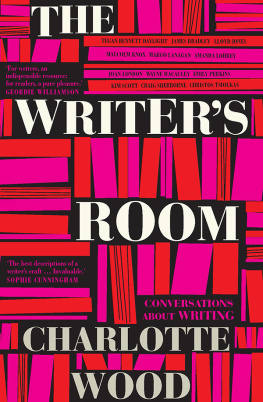



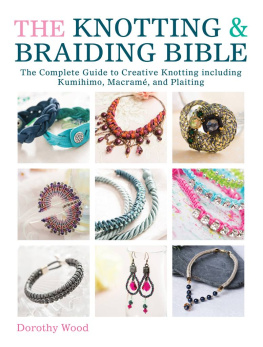
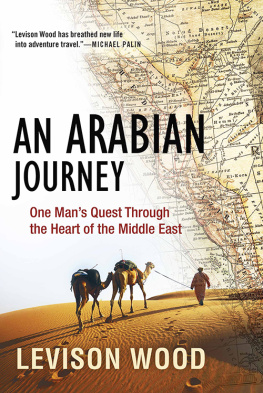
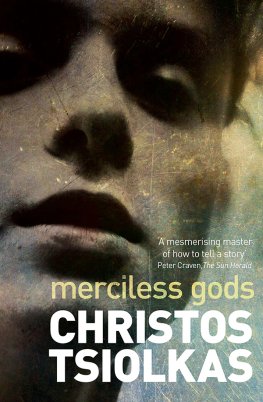

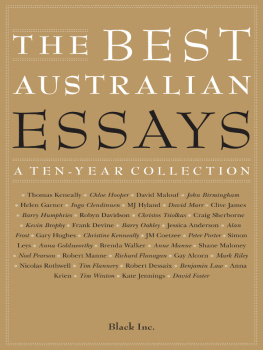

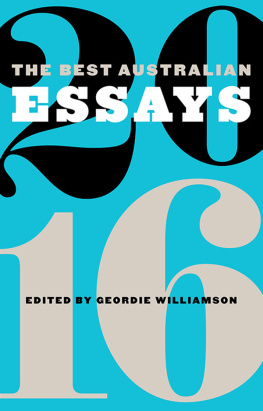
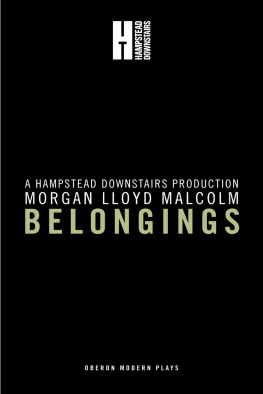

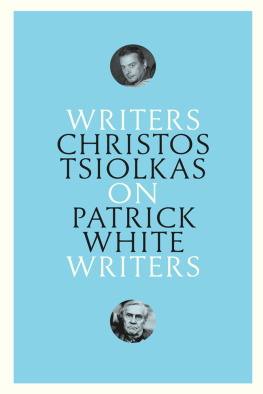
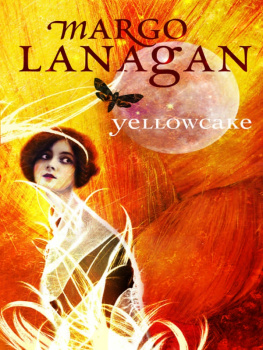

 MARGO LANAGAN is the internationally renowned author of disturbingly beautiful literary fantasies.
MARGO LANAGAN is the internationally renowned author of disturbingly beautiful literary fantasies.